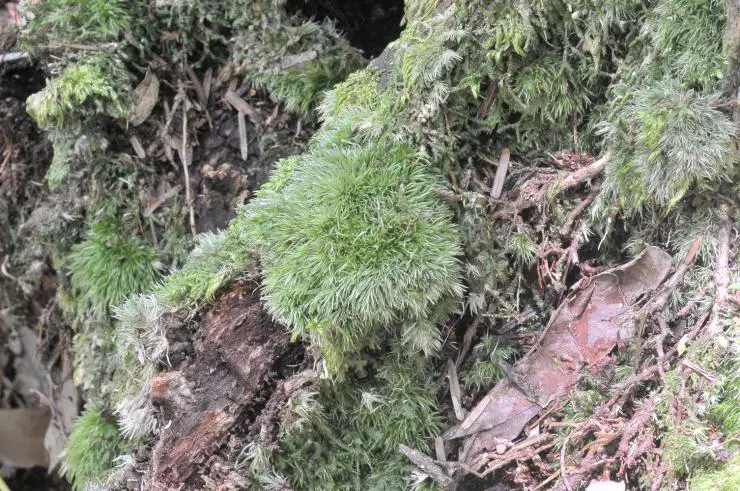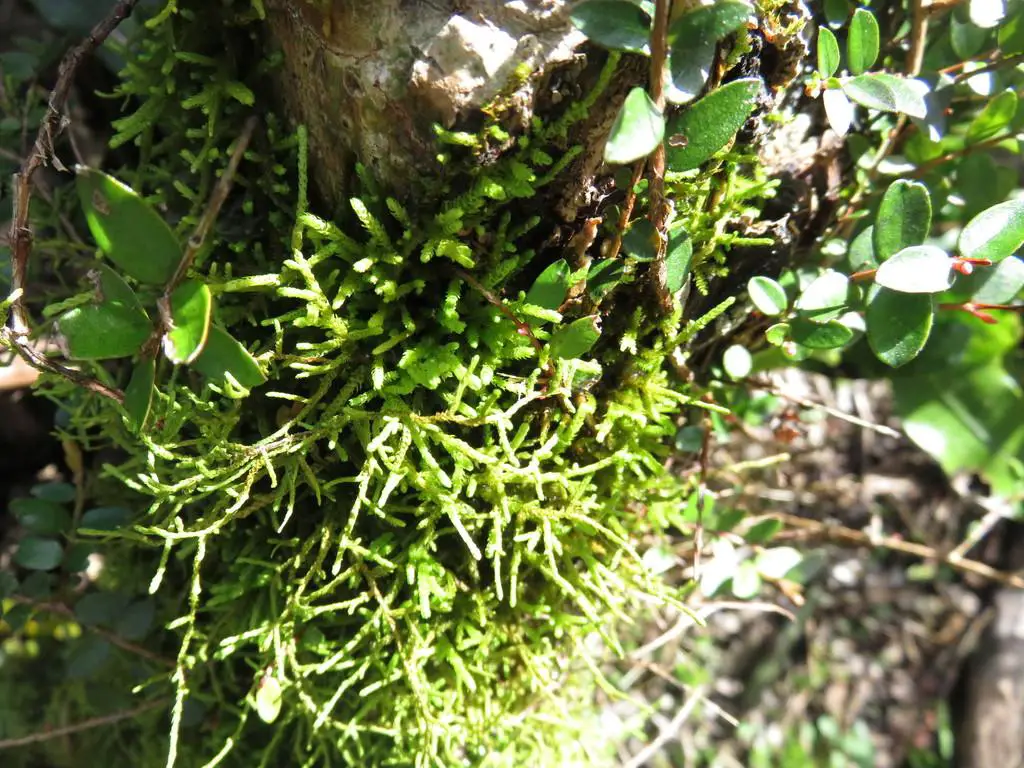Exploring the Enchanting World of Papillaria Moss
Affiliate Disclaimer: As an affiliate, we may earn a small commission when you make a purchase from any of the links on this page at no additional cost to you!

52361402900_bb5e26206b_z.jpg from: https://www.flickriver.com/photos/blackdiamondimages/52361402900/
Exploring the Fascinating World of Papillaria Moss
Introduction
Mosses are some of the most ancient and resilient plants on Earth. Among the diverse array of moss species, one particularly captivating variety is Papillaria callochlorosa Müll.Hal., commonly known as Papillaria moss. This enchanting moss belongs to the Meteoriaceae family and is a true marvel of the botanical world. In this blog post, we’ll dive into the intriguing details of Papillaria moss and uncover its unique characteristics, global distribution, and ecological significance.
Background
Papillaria callochlorosa is a species of moss classified under the Bryophyta division and Bryopsida class. It was first described by the German botanist

7037e79d418c961c5141889e083833ce.jpg from: https://taieol.tw/muse/digi_object/2355523fe7d6b11d4b7a8ac495911fd7
Carl Müller in 1879. The genus name “Papillaria” refers to the papillose leaf cells, while the species epithet “callochlorosa” means beautifully green, alluding to its vibrant coloration.
Morphology and Identification
Papillaria moss is known for its distinctive appearance. It forms

large.jpeg from: https://inaturalist.nz/observations/33448997
pendant, thread-like strands that can reach lengths of up to 30 cm. The leaves are small, ovate, and densely arranged along the stems, giving the moss a feathery or plume-like appearance. One of the most striking features of Papillaria moss is its vivid green color, which can range from yellowish-green to deep emerald hues.
Identifying Papillaria moss requires close examination of its microscopic characteristics. The leaf cells are elongated and papillose, meaning they have small protrusions on their surface. These papillae give the leaves a slightly rough texture and help with water retention. The presence of a short, double costa (midrib) is another key identification feature.
Global Distribution and Habitat
Papillaria moss has a wide global distribution, found in tropical and subtropical regions across multiple continents. It thrives in humid environments with high rainfall and moderate temperatures. This moss commonly grows as an epiphyte on the branches and trunks of trees, especially in cloud forests and rainforests.
Some of the notable locations where Papillaria moss can be found include:
- Central and South America: Brazil, Costa Rica, Panama
- Africa: Madagascar, Tanzania, Uganda
- Asia: Indonesia, Malaysia, Philippines
- Australia: Queensland, New South Wales
Ecological Roles and Adaptations
Papillaria moss plays crucial ecological roles in its native habitats. As an epiphyte, it contributes to the biodiversity of forest ecosystems by providing shelter and microhabitats for various invertebrates and microorganisms. The pendant growth form of Papillaria moss allows it to intercept moisture from fog and mist, aiding in water conservation within the forest canopy.
One remarkable adaptation of Papillaria moss is its ability to withstand periods of desiccation. During dry spells, the moss can enter a dormant state, curling its leaves to minimize water loss. When moisture becomes available again, it quickly rehydrates and resumes photosynthesis. This resilience enables Papillaria moss to thrive in environments with fluctuating water availability.
| Characteristic | Description |
|---|---|
| Family | Meteoriaceae |
| Genus | Papillaria |
| Species | P. callochlorosa |
| Growth Form | Pendant, thread-like strands |
| Leaf Shape | Ovate, densely arranged |
| Leaf Cells | Elongated, papillose |
| Costa | Short, double |
| Habitat | Epiphytic, humid environments |
| Distribution | Tropical and subtropical regions |
Conclusion
Papillaria callochlorosa Müll.Hal. moss is a captivating species that exemplifies the beauty and adaptability of bryophytes. Its pendant growth form, vibrant green coloration, and papillose leaf cells make it a standout among mosses. From the cloud forests of Central America to the rainforests of Southeast Asia, Papillaria moss plays a vital role in maintaining the ecological balance of its habitats.
As we continue to explore the world of mosses, let us appreciate the incredible diversity and resilience of these ancient plants. The next time you find yourself in a humid forest, take a moment to look up and marvel at the delicate strands of Papillaria moss gracefully adorning the trees. Who knows what other botanical wonders await discovery in the realm of bryophytes?
